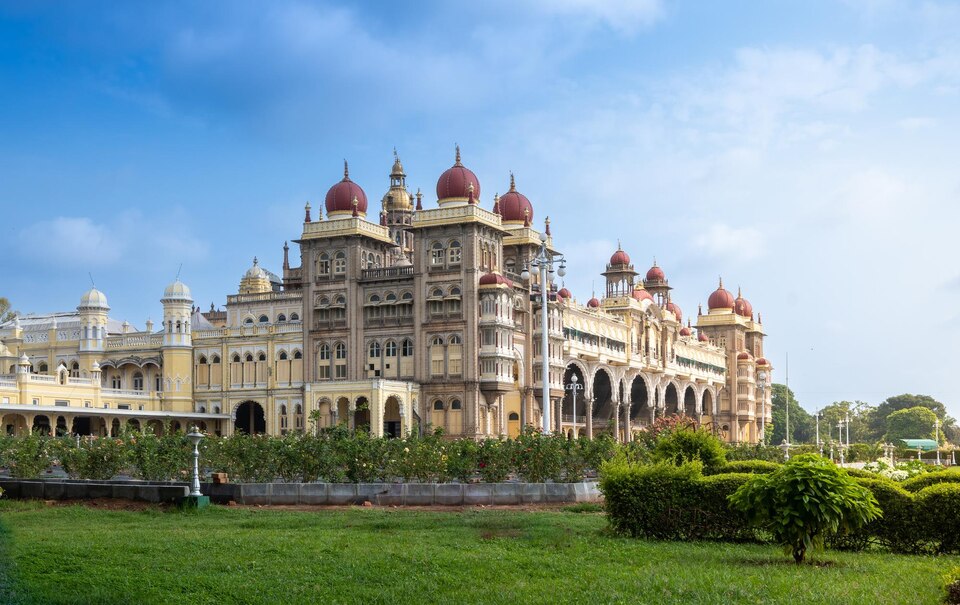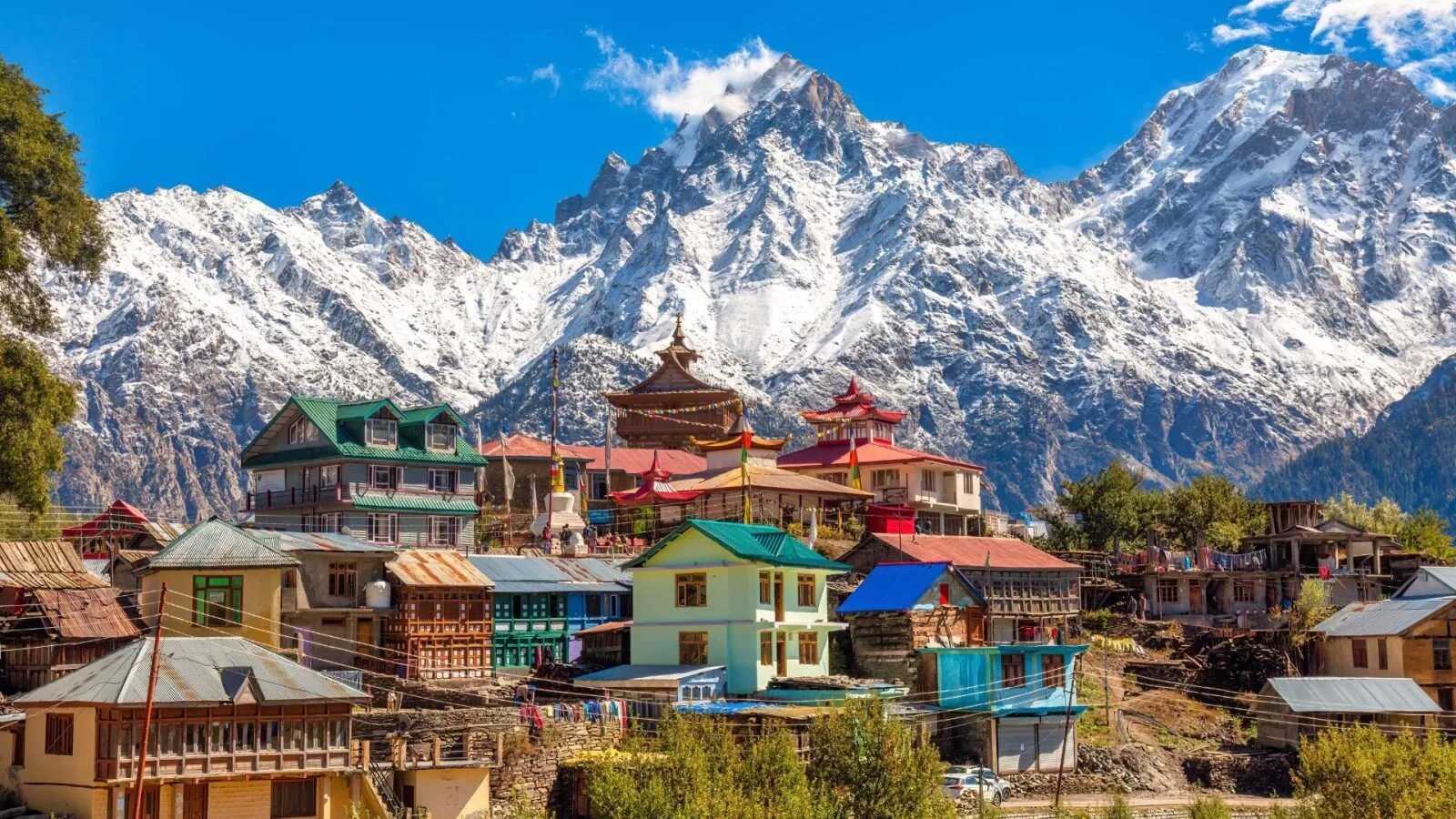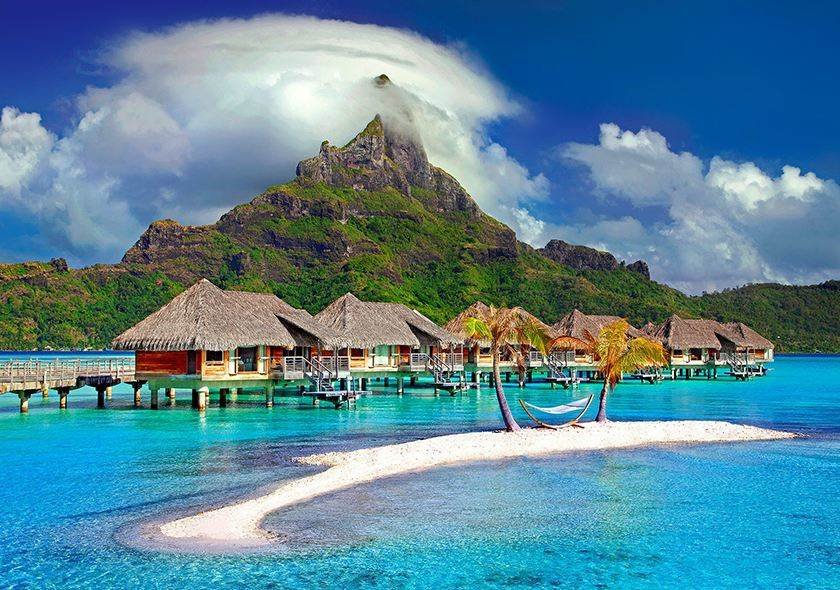Nagaland
- Home
- Nagaland
Nagaland Travel Guide
About Nagaland Tourism
Tucked away in the northeastern corner of India, Nagaland is a land of vibrant tribes, mystical hills, lush valleys, and a culture rich in tradition and folklore. Known as the “Land of Festivals,” this mountainous state is home to 16 major tribes, each with its own distinct language, dress, customs, and cuisine. The dramatic landscapes, colonial history, and indigenous heritage make Nagaland a hidden gem for cultural explorers, adventure seekers, and nature lovers.
With the majestic Dzukou Valley, the sacred Mount Saramati, and ancient villages like Khonoma and Mokokchung, Nagaland offers a refreshing and immersive travel experience. The state capital Kohima, once the site of a major World War II battle, showcases a harmonious blend of modern governance and traditional tribal lifestyles.
Nagaland is also famous for the Hornbill Festival, a spectacular week-long celebration held every December, showcasing dance, music, handicrafts, and warrior traditions of all its tribes. The unexplored charm of this region lies in its ability to connect visitors with raw nature, ancient tribal wisdom, and spiritual serenity.
Whether you’re trekking through rhododendron-clad trails, enjoying local smoked pork dishes, or attending a traditional Naga log drum ceremony, every moment in Nagaland is an invitation to experience something extraordinary.
Winter (October to March):
- The most popular time to visit Nagaland.
- Cool and pleasant climate, ideal for sightseeing and outdoor activities.
- The Hornbill Festival in December is a major cultural draw.
Summer (April to June):
- Moderate temperatures, especially in hill areas.
- Ideal for nature treks and visiting offbeat villages.
- Fewer tourists, allowing for a more personal experience.
Monsoon (July to September):
- The state receives heavy rainfall.
- Lush greenery and scenic beauty peak during this season.
- Roads may become slippery and trekking can be challenging.
By Air:
- The nearest airport is Dimapur Airport, connected to Kolkata and Guwahati.
- Kohima is about 74 km from Dimapur.
By Train:
- Dimapur Railway Station is the only major railhead in Nagaland.
- Trains from Guwahati and Dibrugarh connect Nagaland to the rest of India.
By Road:
- Nagaland is accessible via National Highway 29.
- Regular buses and shared taxis operate from Guwahati and other Northeast states.
- Roads are scenic but winding; plan for longer travel times.
- Kohima:
- The state capital and cultural hub.
- Visit the Kohima War Cemetery, Naga Heritage Village (Kisama), State Museum, and Catholic Cathedral.
- Dzukou Valley:
- A trekker’s paradise on the border of Nagaland and Manipur.
- Known for the rare Dzukou lily, misty landscapes, and seasonal wildflowers.
- Khonoma Village:
- India’s first Green Village.
- Famous for its conservation efforts, eco-tourism, and warrior history.
- Offers guided village walks and traditional homestays.
- Mokokchung:
- Cultural center of the Ao tribe.
- Known for its festivals, vibrant traditions, and scenic hill views.
- Places to explore: Longkhum, Chuchuyimlang, Ungma village.
- Mon:
- Home to the fierce-looking yet hospitable Konyak tribe.
- Famous for tattooed warriors and unique architecture.
- Don’t miss Longwa Village, straddling India and Myanmar.
- Tuophema Village:
- A traditional Angami village near Kohima.
- Offers a recreated cultural environment with traditional huts and museum.
- Pfutsero:
- Nagaland’s highest town.
- Cool climate year-round, apple orchards, and panoramic views.
- Mount Saramati:
- The highest peak in Nagaland (3,826 m).
- Located in Kiphire district, ideal for experienced trekkers.
- Wokha:
- Land of the Lotha tribe.
- Known for scenic views, rivers, and the colorful Tokhu Emong Festival.
- Dzuleke:
- Serene offbeat village near Khonoma.
- Ideal for eco-tourism, birdwatching, and village walks.
- Zunheboto:
- Land of the Sumi Naga tribe.
- Visit the largest Baptist Church in Asia.
- Meluri:
- Offbeat location in Phek district.
- Surreal Shilloi Lake and stones that move with the wind (as per local belief).
- Attend the Hornbill Festival:
- Experience Naga tribal dances, music, games, and food.
- Held annually from 1st to 10th December at Kisama Heritage Village.
- Village Tourism and Homestays:
- Stay with tribal families in Khonoma, Dzuleke, Longwa, or Tuophema.
- Participate in rice-beer making, hunting tales, and traditional cooking.
- Trekking and Hiking:
- Explore Dzukou Valley, Mount Saramati, and trails around Khonoma.
- Trekking is best done with local guides due to remote terrain.
- Cultural Immersion:
- Visit local churches, attend festivals like Moatsu, Sekrenyi, Tokhu Emong, and Aoleang.
- Witness traditional Naga log drums, shawls, and Morungs (youth dormitories).
- Birdwatching and Nature Walks:
- Nagaland is home to over 400 bird species.
- Visit Fakim Wildlife Sanctuary and forested villages.
- Photography Expeditions:
- Perfect for capturing tribal costumes, misty hills, log huts, and village life.
- Sunrise in Dzukou and portraits in Longwa are especially photogenic.
- Taste Naga Cuisine:
- Try smoked pork with bamboo shoot, axone (fermented soybean), anishi (fermented yam leaves).
- Popular dishes: Galho, sticky rice, bamboo steamed fish.
- Shopping for Handicrafts:
- Buy woven Naga shawls, bamboo baskets, bead jewelry, and wooden carvings.
- Best in local markets during festivals.
- Explore Colonial and WWII History:
- Visit the Kohima War Cemetery, built in honor of Allied soldiers.
- Explore stories of the Battle of Kohima, a pivotal moment in WWII.
- Relax by Shilloi Lake:
- A peaceful crater-like lake surrounded by myths.
- Ideal for camping and picnic.
Nagaland offers a unique window into one of the most vibrant, resilient, and culturally rich regions of India. From the misty valleys and majestic mountains to its proud warrior heritage and heartfelt hospitality, Nagaland surprises, humbles, and educates every traveler who walks its trails.
It is not just a destination, but a cultural and spiritual journey — where ancient wisdom is still alive, community living is sacred, and every visitor is welcomed as a guest of honor.
Explore Nagaland — where the hills echo with ancient songs and each path leads to discovery, connection, and timeless beauty.
Why Choose TAT for Nagaland?
Experienced
Certified
Happy Customers
Local Offices
Frequently Asked Questions
Explore Kohima, Dimapur, Dzukou Valley, Mokokchung, Mon (headhunter villages), and attend the famous Hornbill Festival in Kisama.
Yes, Indian tourists need an Inner Line Permit (ILP). Foreign tourists no longer need a permit but must register with local authorities.
October to May is best, especially December if you want to attend the Hornbill Festival.
Nagaland is home to 16 major tribes, each with distinct traditions, costumes, dance forms, and festivals.
Absolutely! Dzukou Valley, Japfu Peak, and Mount Saramati offer excellent trekking and scenic beauty.
Yes, tourist destinations are safe. Stick to known routes and consult locals if traveling to remote villages.



